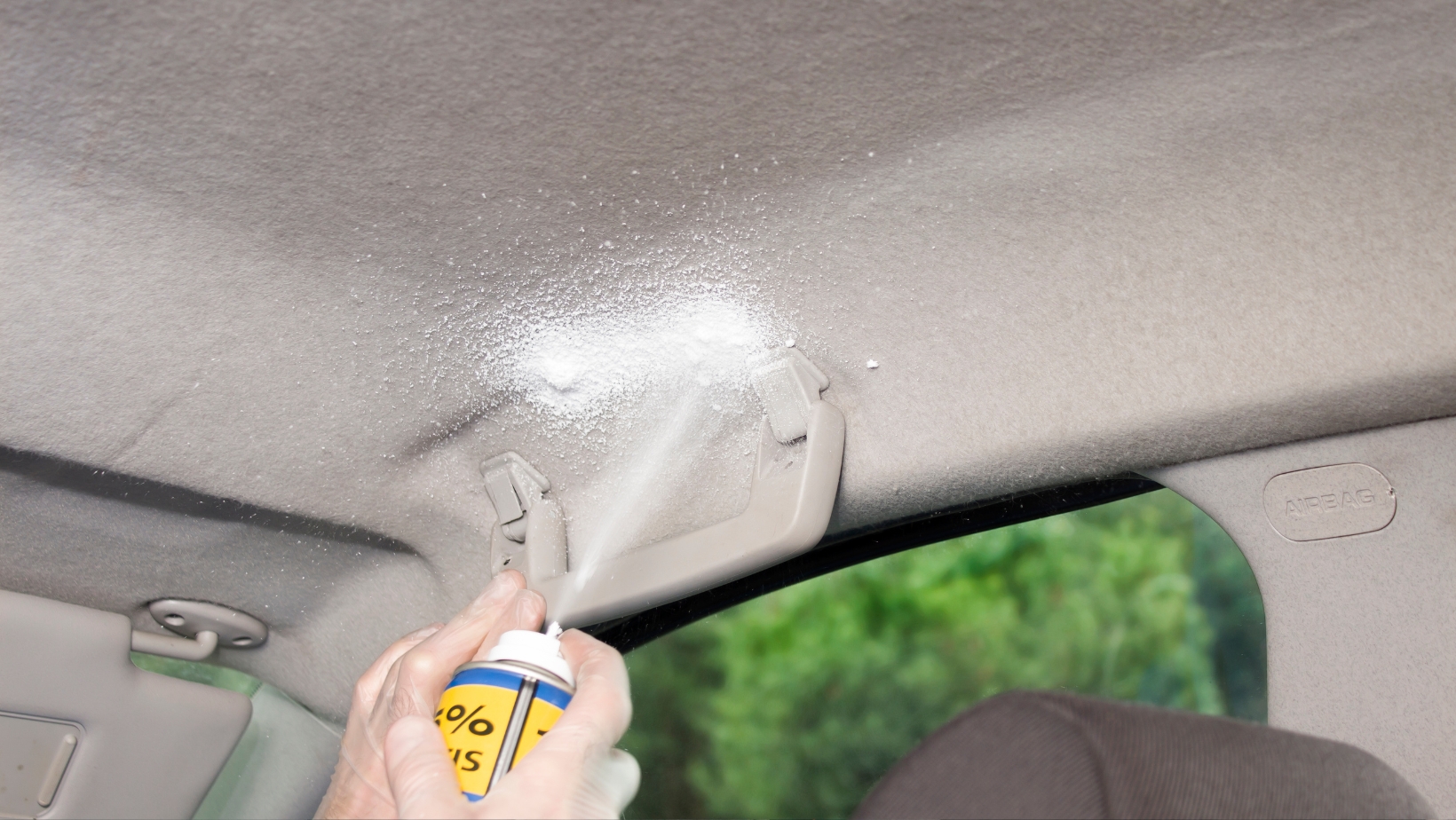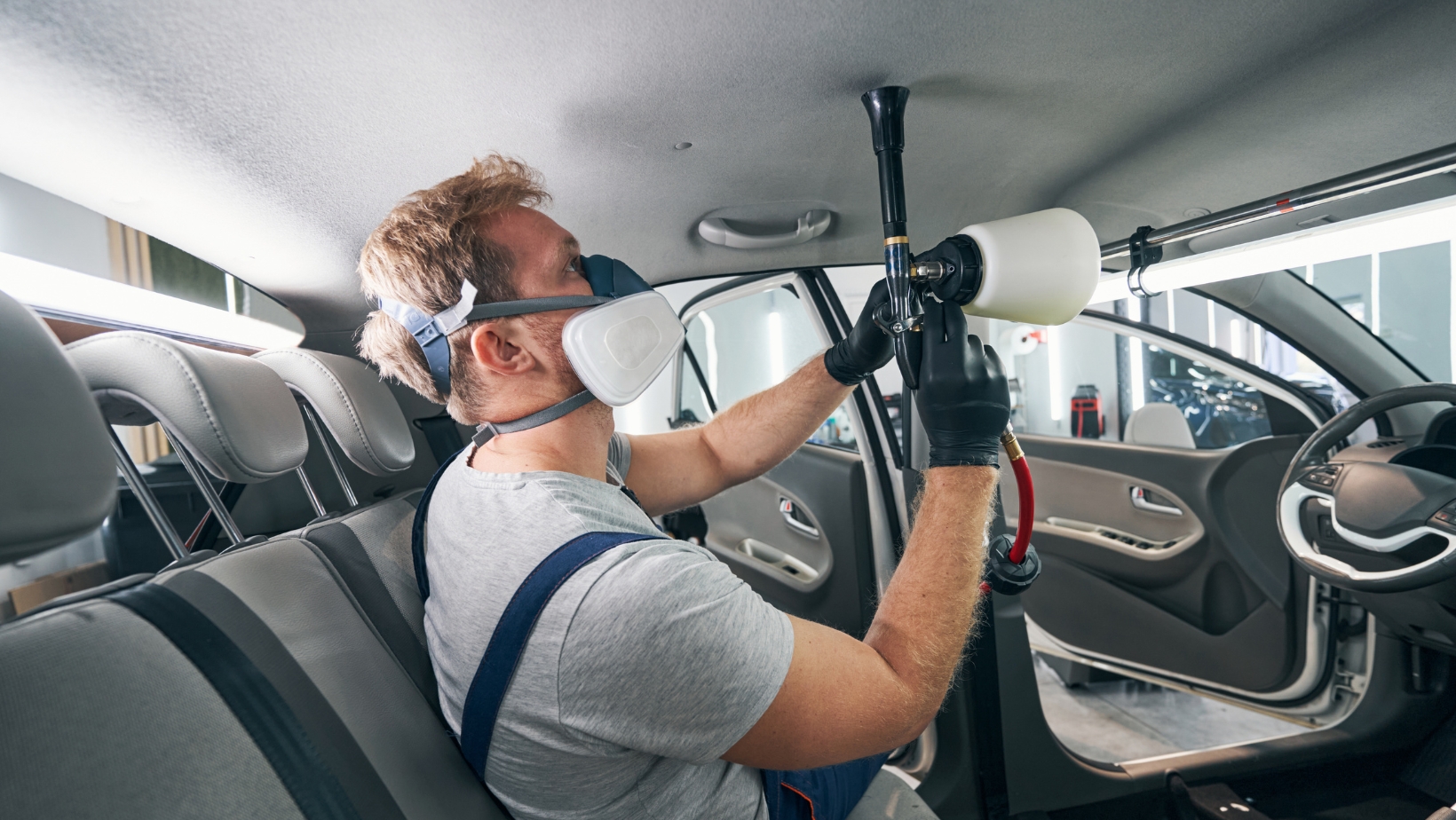If you’re facing the frustrating problem of a sagging or damaged car headliner, a car headliner repair kit might just be the solution you’re looking for. These kits are designed to provide an easy and cost-effective way to fix your car’s headliner without having to take it to a professional. With the right tools and materials included in these kits, tackling this DIY project can save you time and money.
Car headliner repair kits typically come with adhesive, foam-backed fabric, and detailed instructions that guide you through the process step by step. Whether your headliner is sagging due to age, heat exposure, or moisture damage, these kits offer a convenient option for repairing it yourself. Simply apply the adhesive and attach the fabric to the surface of your headliner board, ensuring a smooth and secure fit.
Car Headliner Repair Kits
When it comes to fixing your car’s headliner, having the right repair kit is essential. With so many options available in the market, it can be overwhelming to choose the best one for your needs. However, with a little guidance, you’ll be able to select a car headliner repair kit that will get your vehicle looking as good as new.
Here are some factors to consider when choosing the right car headliner repair kit:
- Compatibility: Ensure that the repair kit is compatible with the type of material used for your car’s headliner. Whether it’s cloth, vinyl, or suede, make sure the kit includes adhesive and materials suitable for repairing that specific material.
- Ease of Use: Look for a repair kit that provides clear instructions and is easy to use even if you have minimal experience with automotive repairs. A user-friendly kit will save you time and frustration during the repair process.
- Durability: Opt for a high-quality repair kit that offers long-lasting results. Check customer feedbacks or look for kits made by reputable brands known for their durability and performance.
- Availability of Tools: Some kits include tools such as brushes or applicators that can make the repair process easier and more efficient. Consider whether having these additional tools would be beneficial in achieving professional-looking results.
- Value for Money: Compare prices among different brands while considering what each kit offers in terms of materials included and ease of use. It’s important to strike a balance between affordability and quality.
Remember, every car headliner repair job may have its unique challenges, so it’s crucial to assess your specific needs before making a decision on which repair kit to purchase.

Understanding the Common Causes of Headliner Damage
When it comes to car headliners, damage can occur for various reasons. It’s important to understand these common causes so that you can take the necessary steps to prevent or address them. Here are a few factors that often contribute to headliner damage:
- Moisture and Water Leaks: One of the leading culprits behind headliner damage is moisture infiltration. Whether it’s due to a leaky sunroof, damaged window seals, or even a spill inside the vehicle, moisture can seep into the fabric and cause sagging, discoloration, or mold growth. Paying attention to potential water leaks and addressing them promptly can help preserve your headliner.
- Age and Wear: Over time, car headliners naturally deteriorate due to age and wear. Exposure to sunlight, temperature changes, and everyday use can weaken the adhesive that holds the fabric in place, causing it to sag or detach from the roof panel. If your vehicle’s headliner is showing signs of aging like tears, stains, or sagging areas, consider investing in a car headliner repair kit.
- Improper Handling: Rough handling during repairs or modifications can also lead to headliner damage. For instance, forcefully removing accessories attached to the ceiling without proper care may result in tears or punctures in the fabric. When working on your vehicle’s interior components or hiring someone else for repairs or upgrades, make sure they handle the headliner with caution.
- Chemicals and Cleaning Agents: Using harsh chemicals or cleaning agents on your car’s interior surfaces could have detrimental effects on your headliner as well. Strong solvents or abrasive cleaners may cause discoloration or staining of the fabric material. Always check manufacturer recommendations before using any cleaning products near your headliner and opt for gentle methods whenever possible.
- Pet Damage: If you frequently travel with pets in your car, their claws or hair can cause damage to the headliner. Scratching, shedding, and accidents can all contribute to wear and tear over time. Consider using protective covers or seat belts for your pets to minimize potential damage.
By being aware of these common causes of headliner damage, you can take proactive steps to maintain the integrity of your car’s interior. Regular maintenance, prompt repairs, and cautious handling will help prolong the lifespan of your headliner.







































